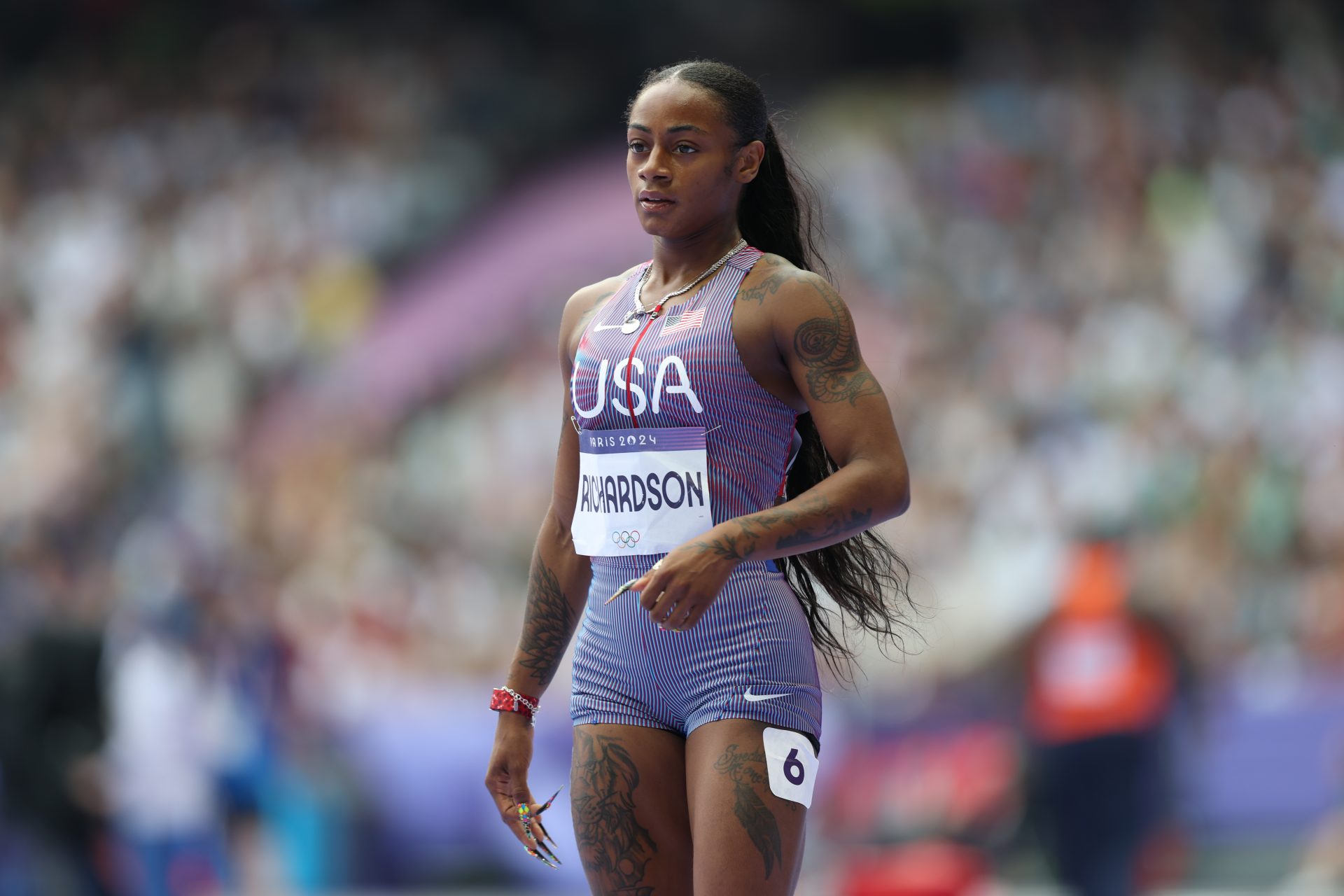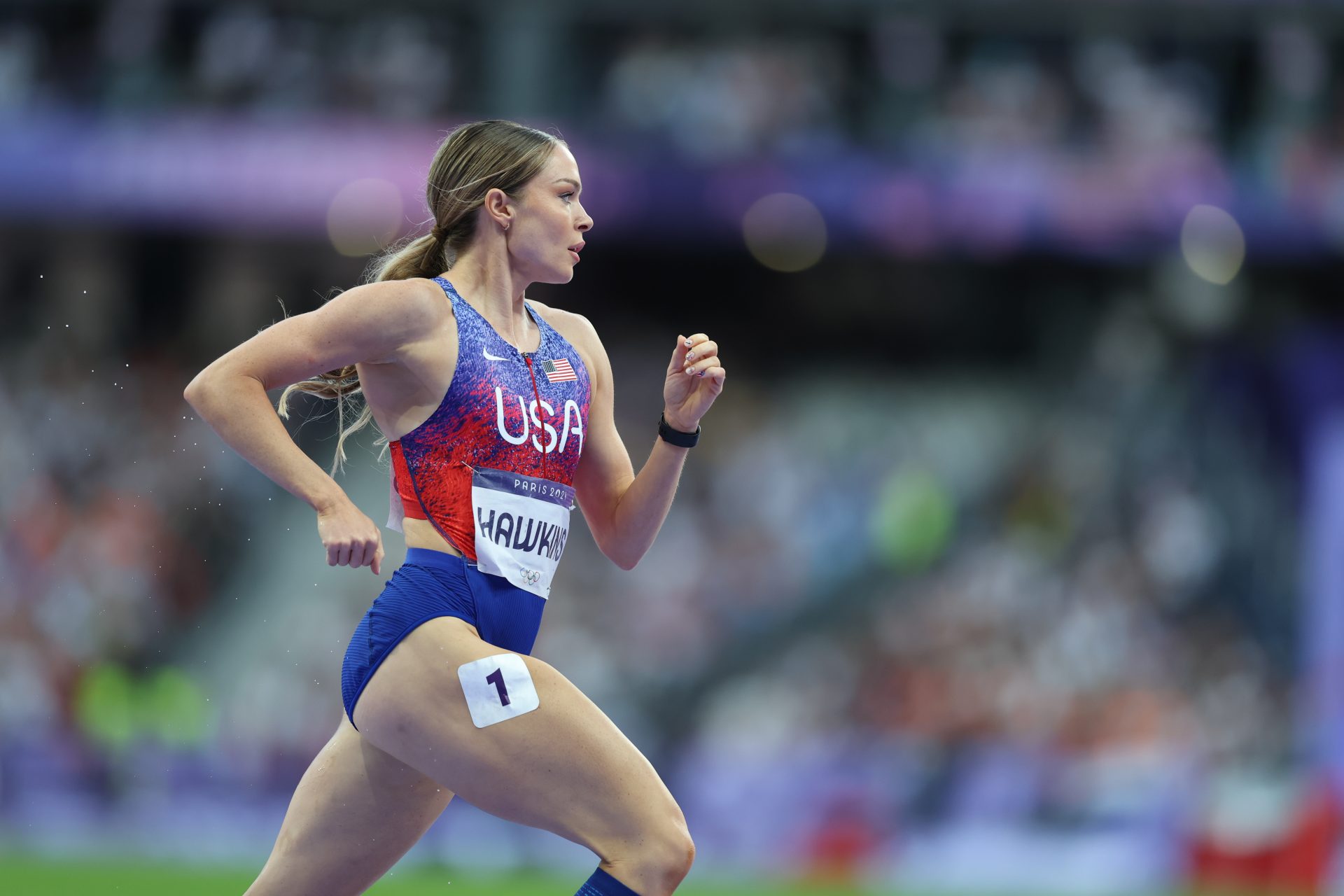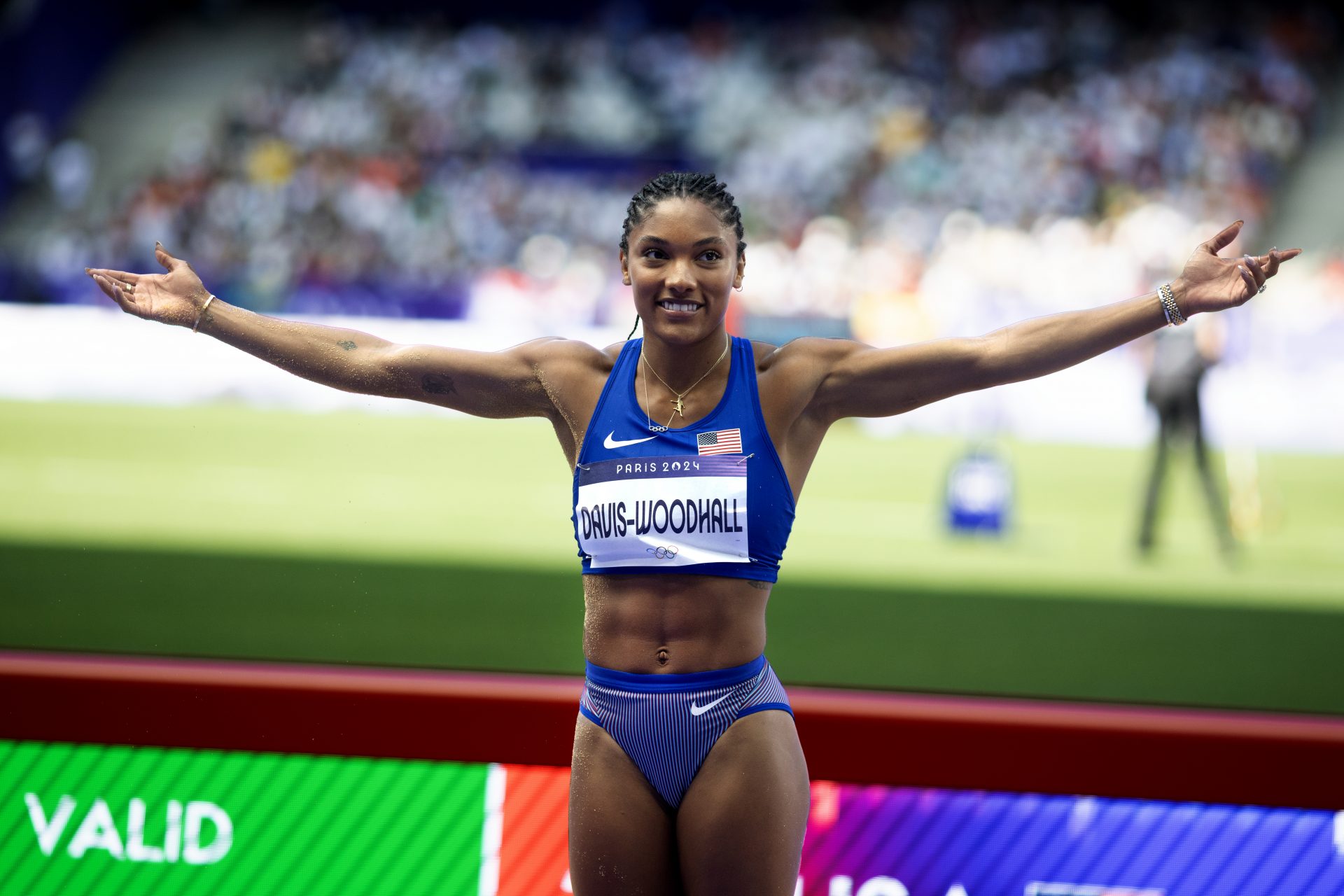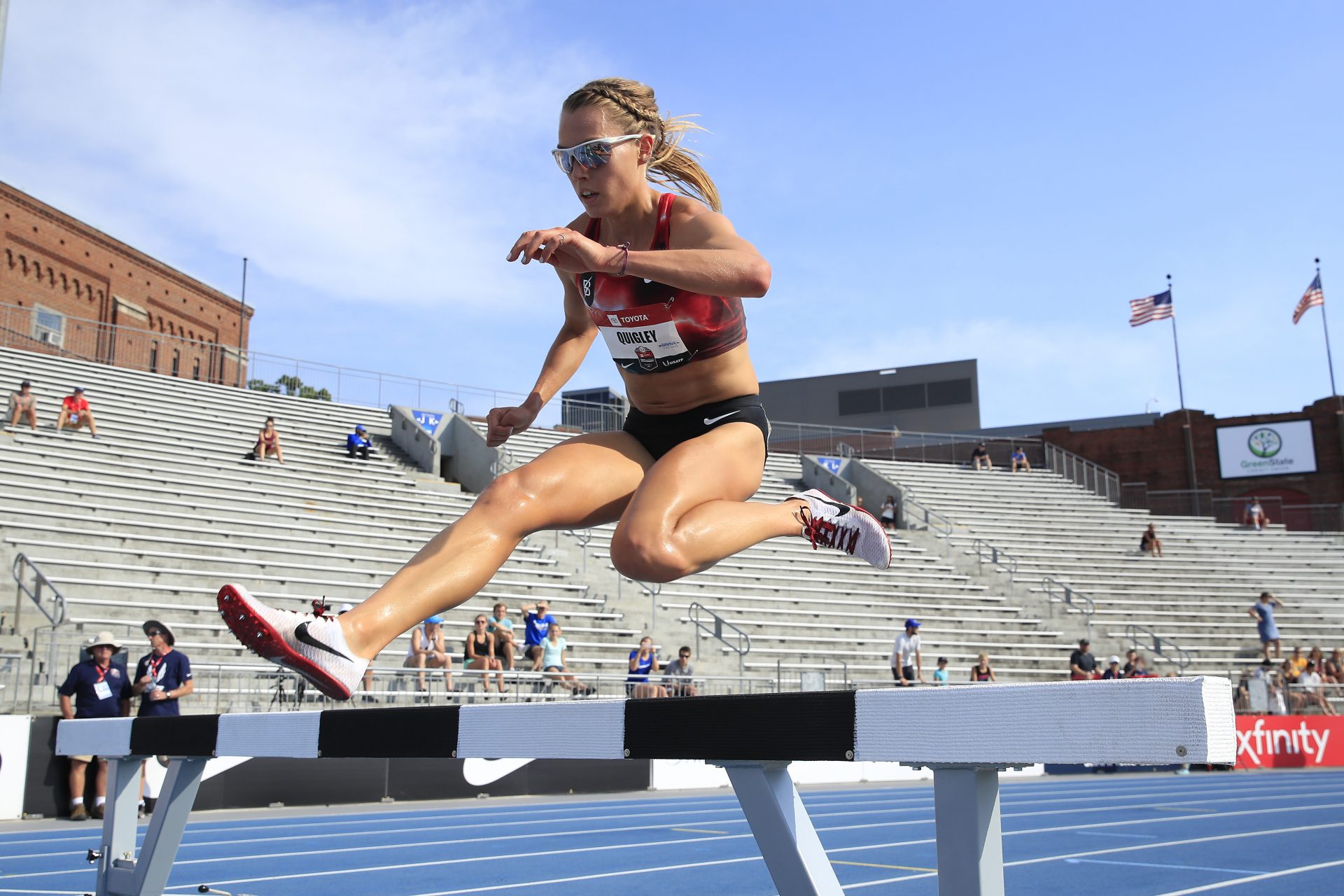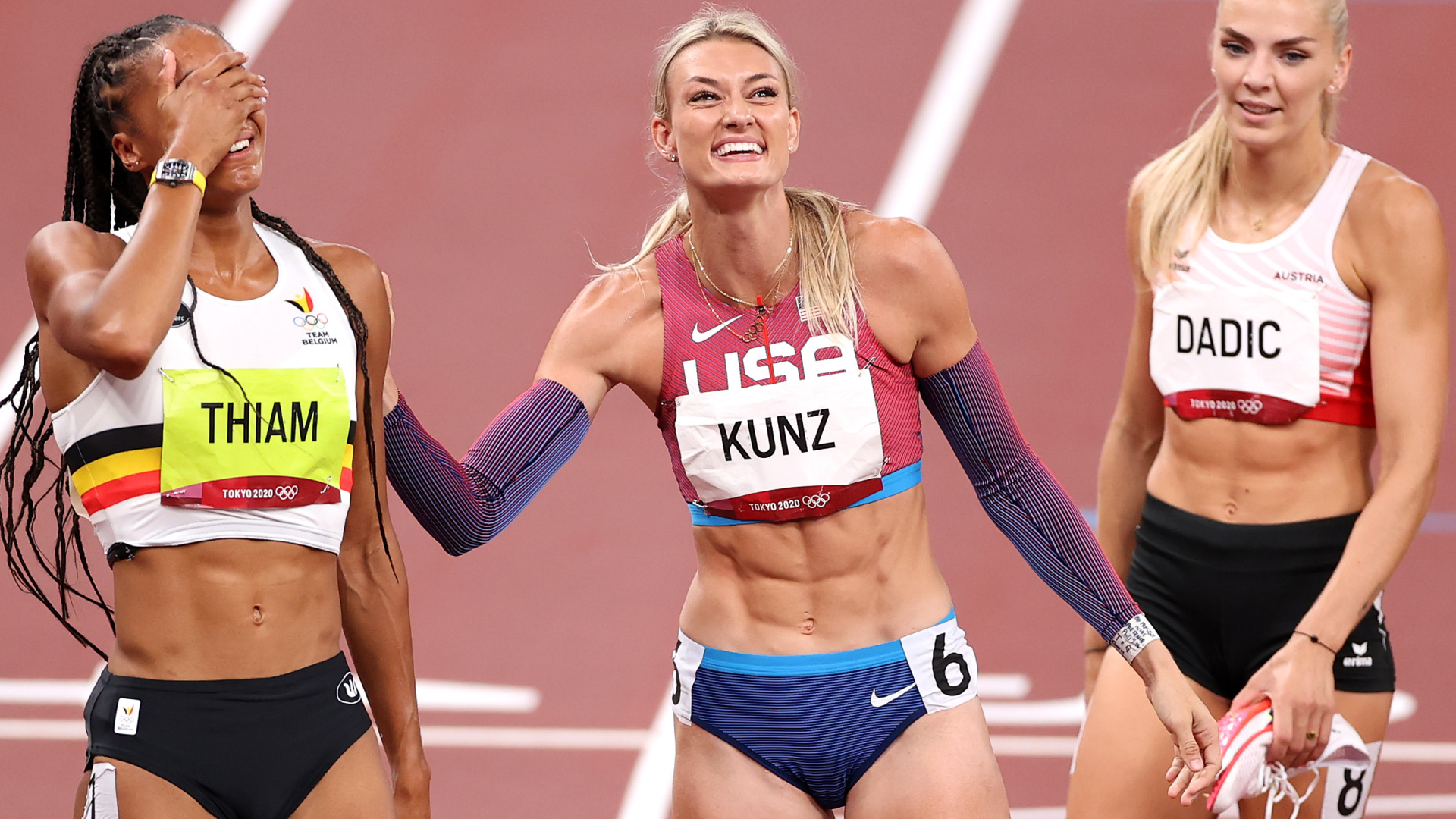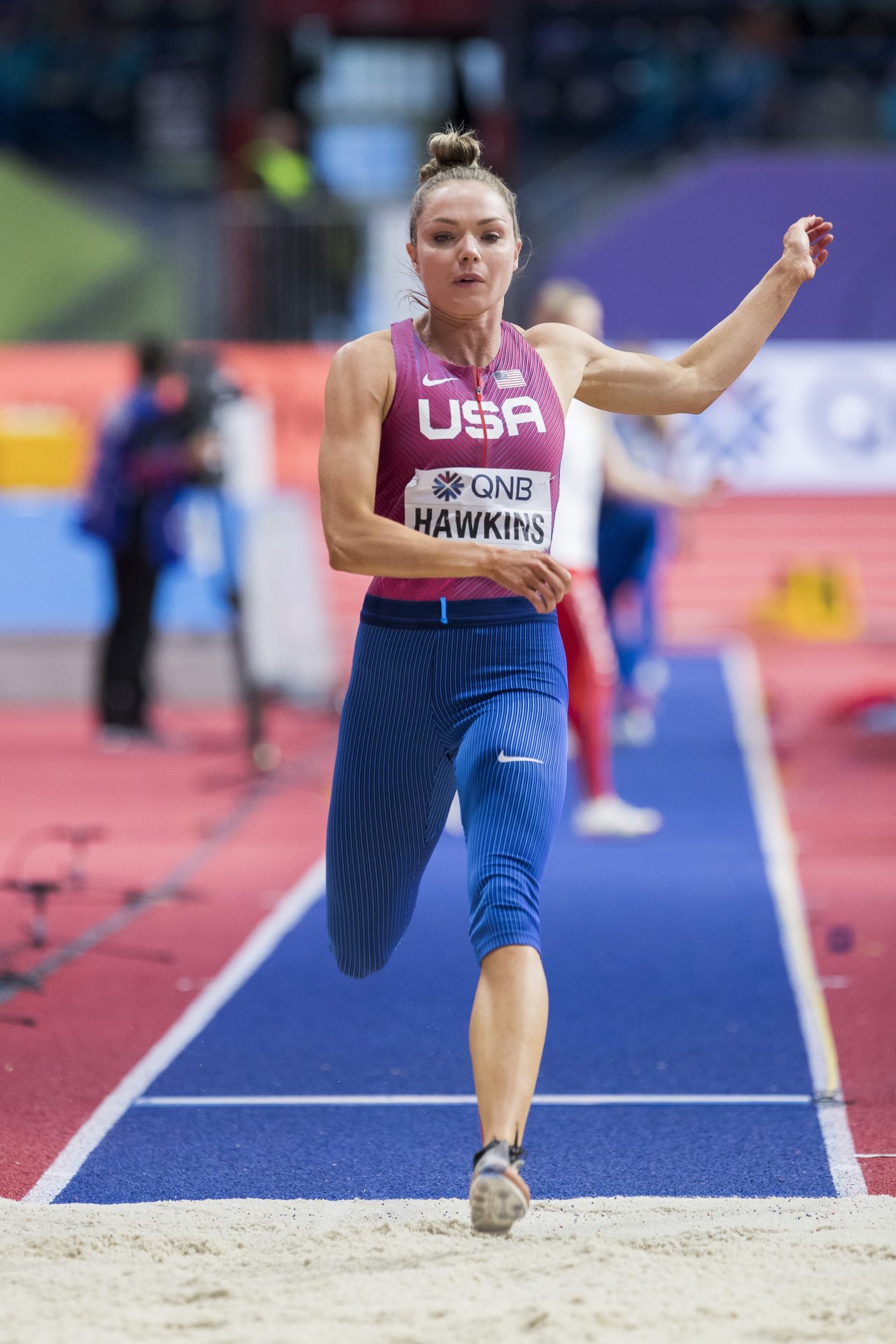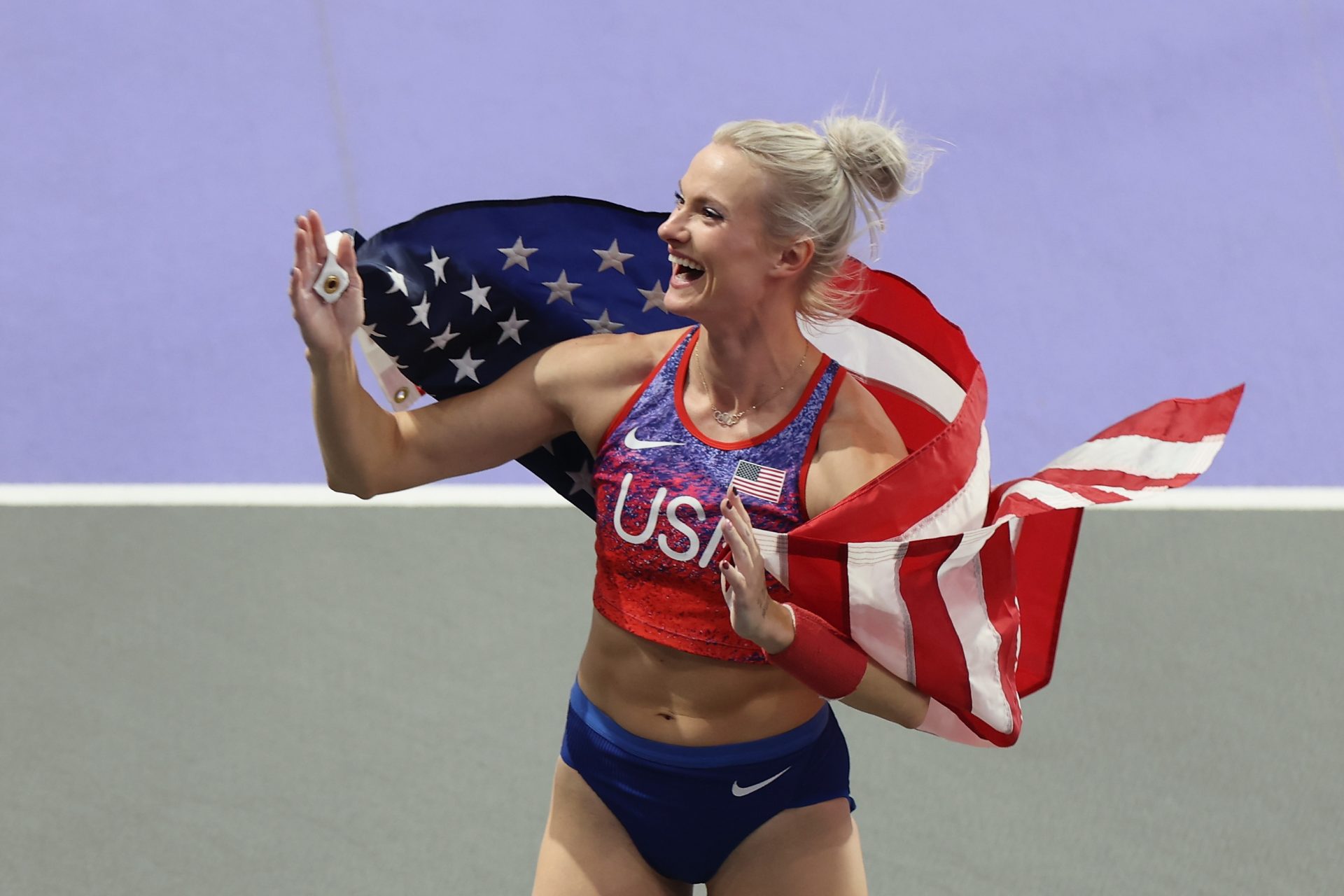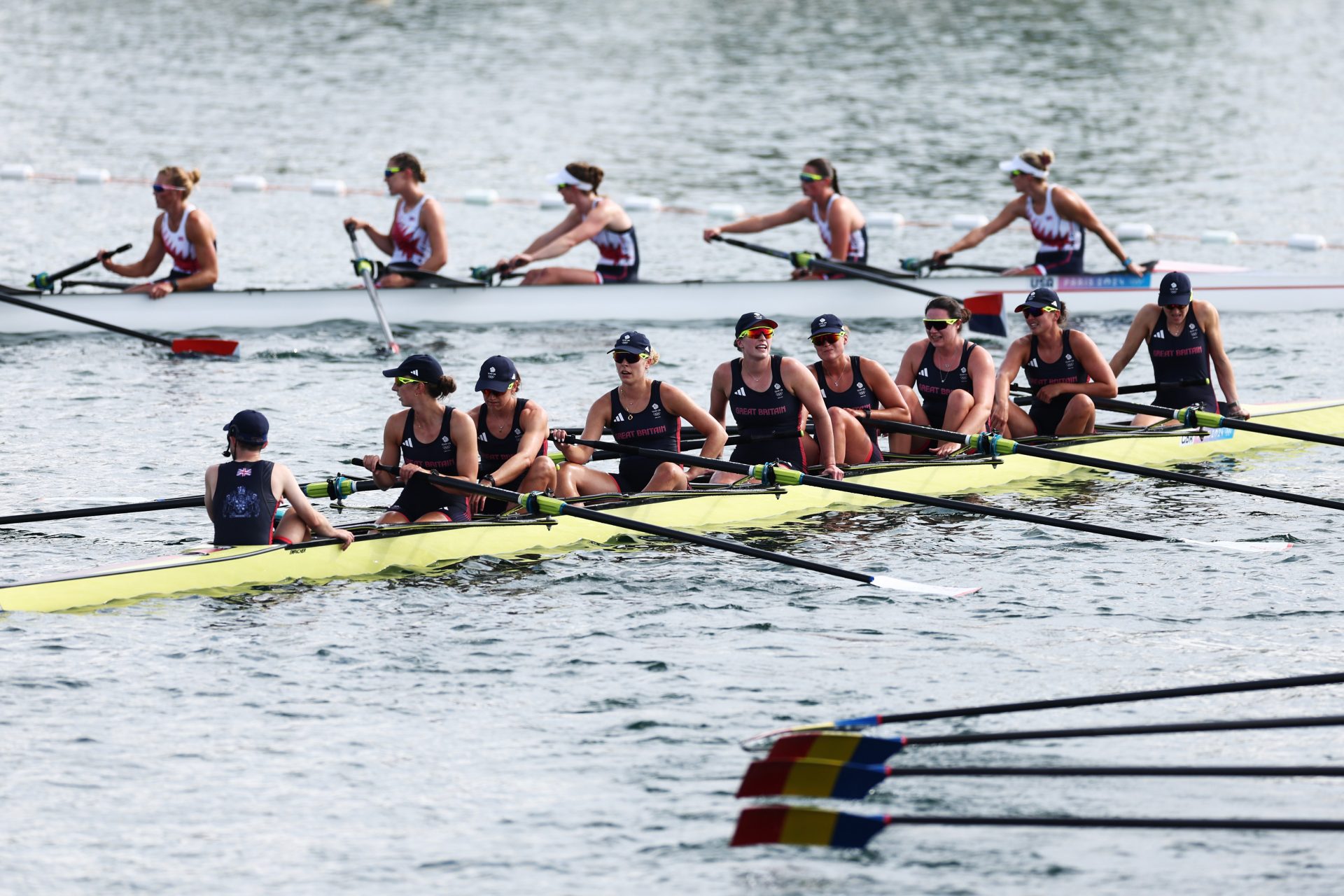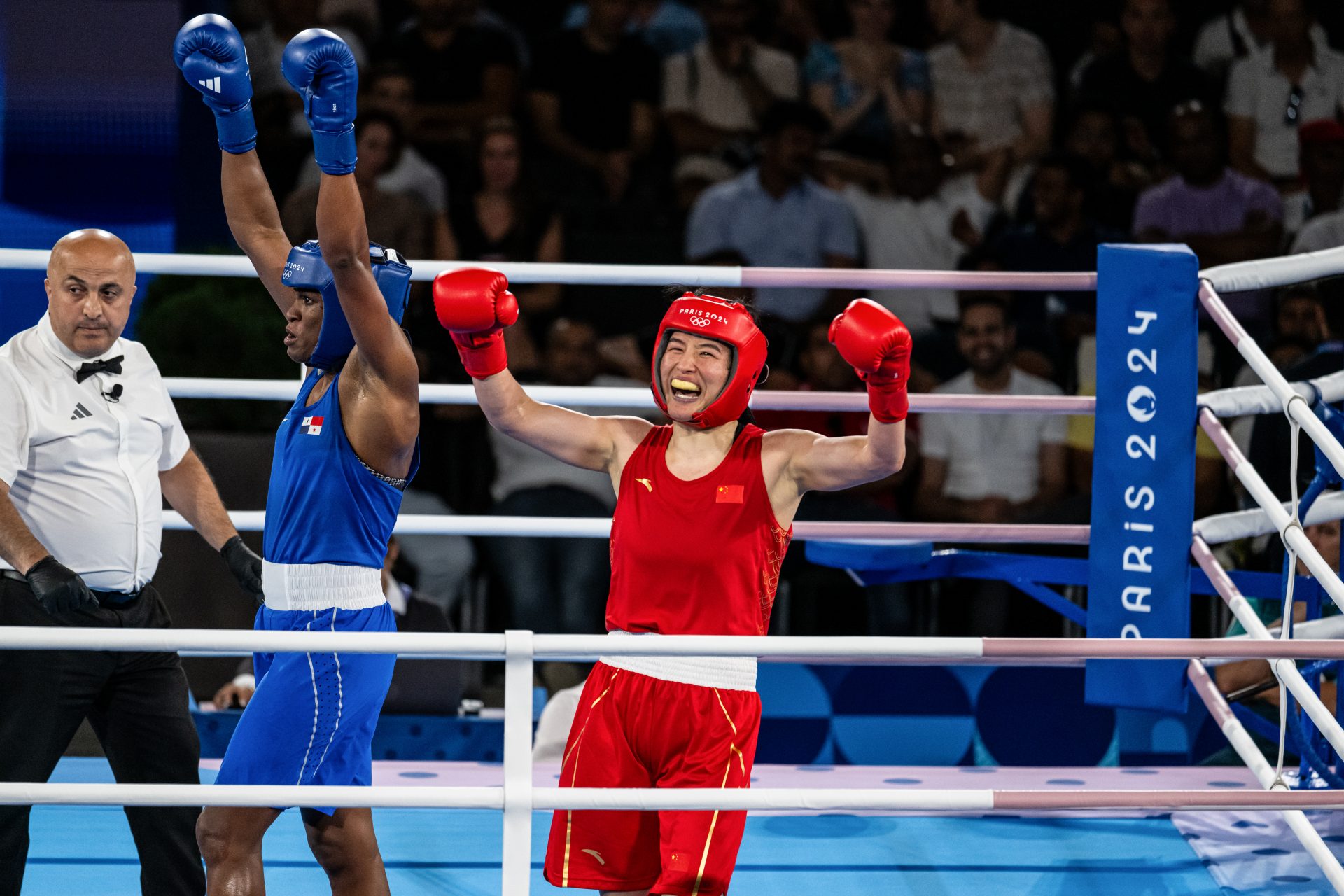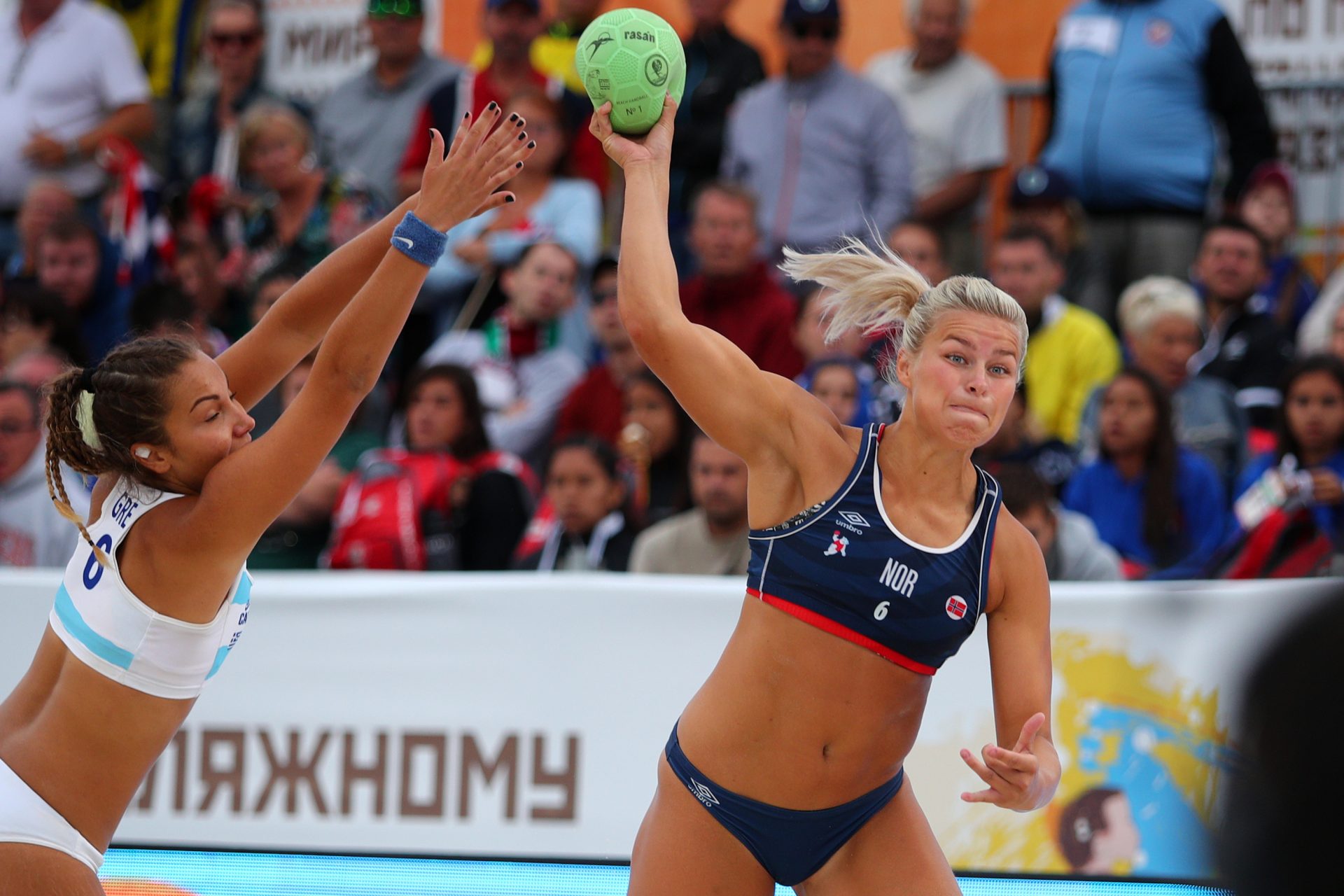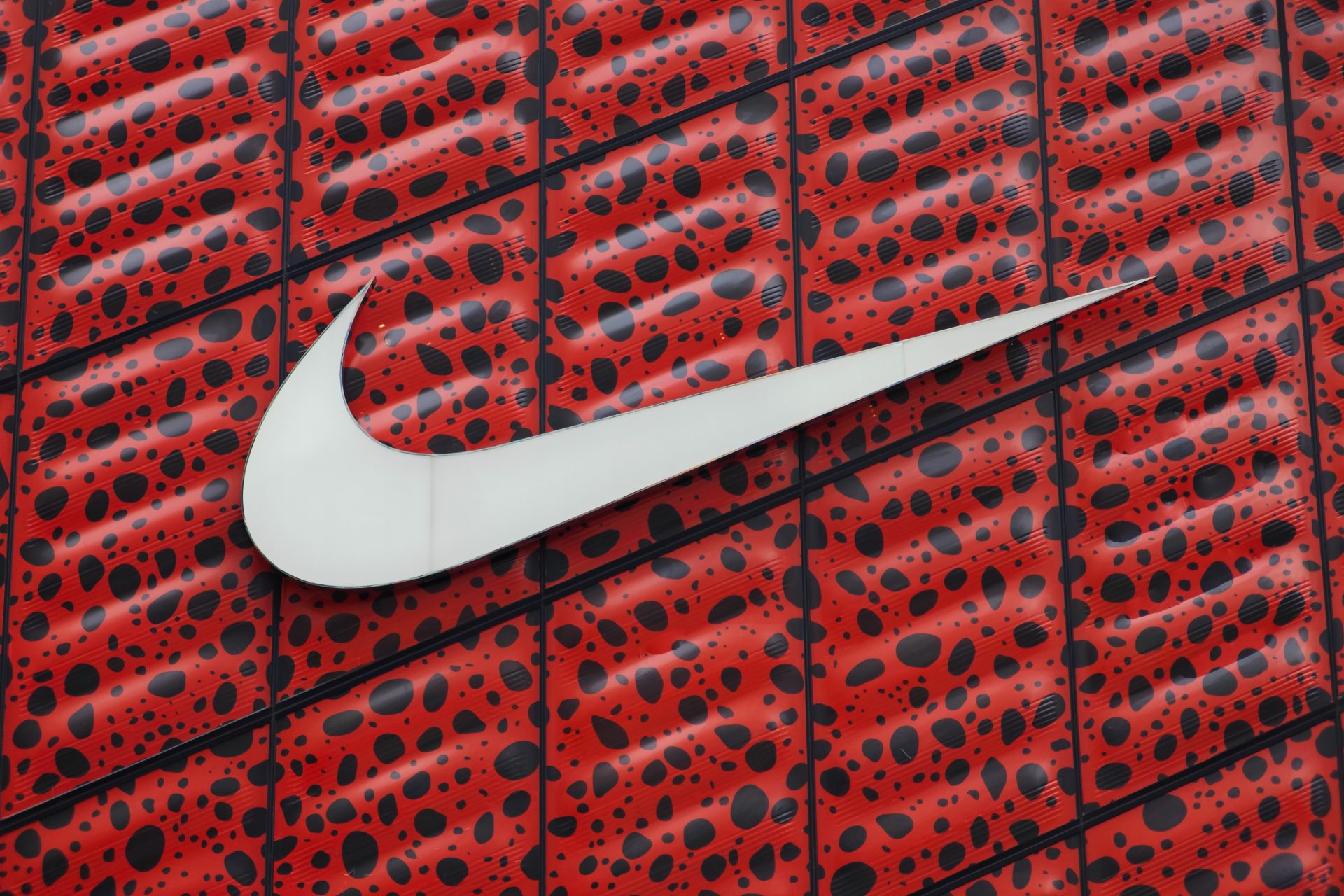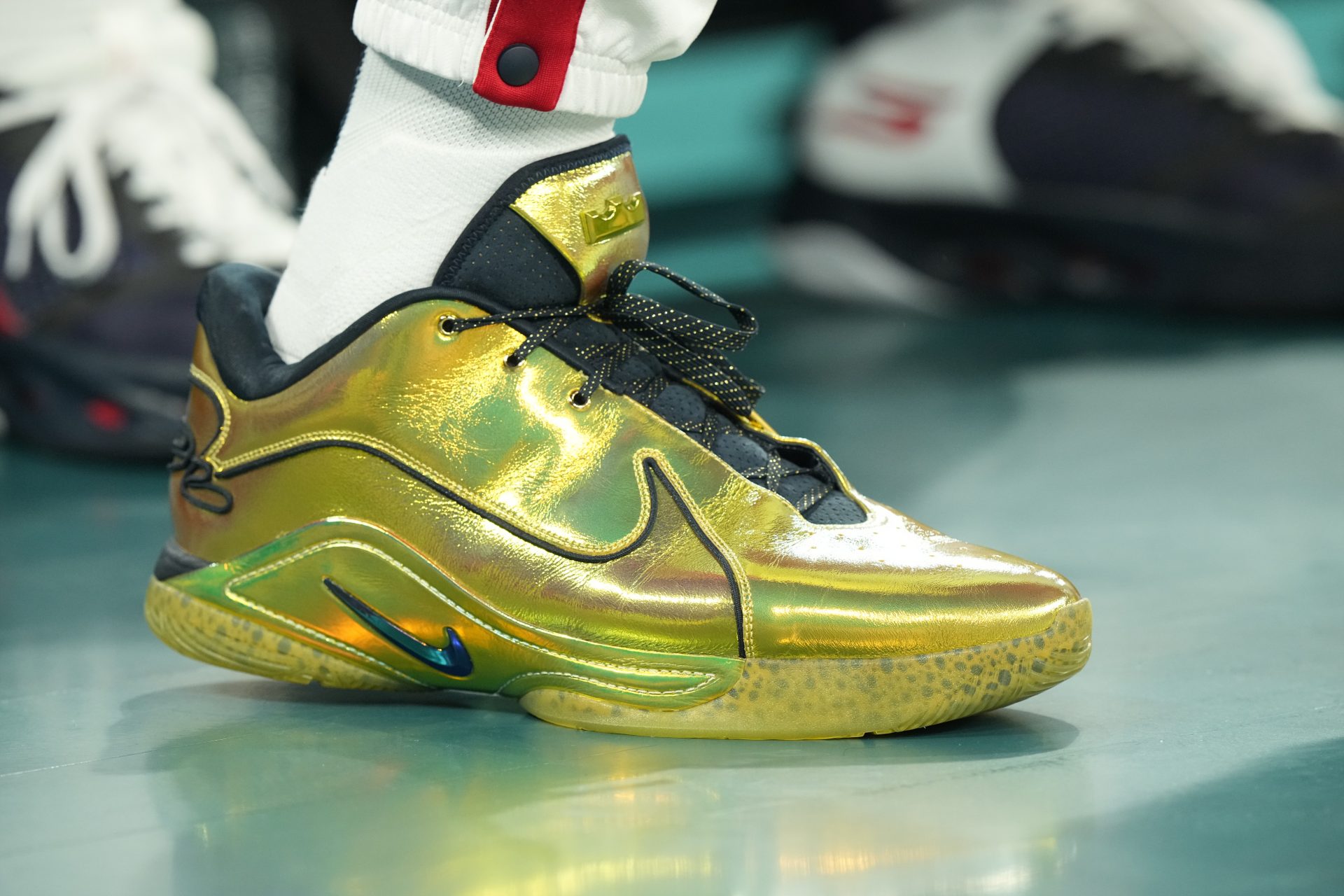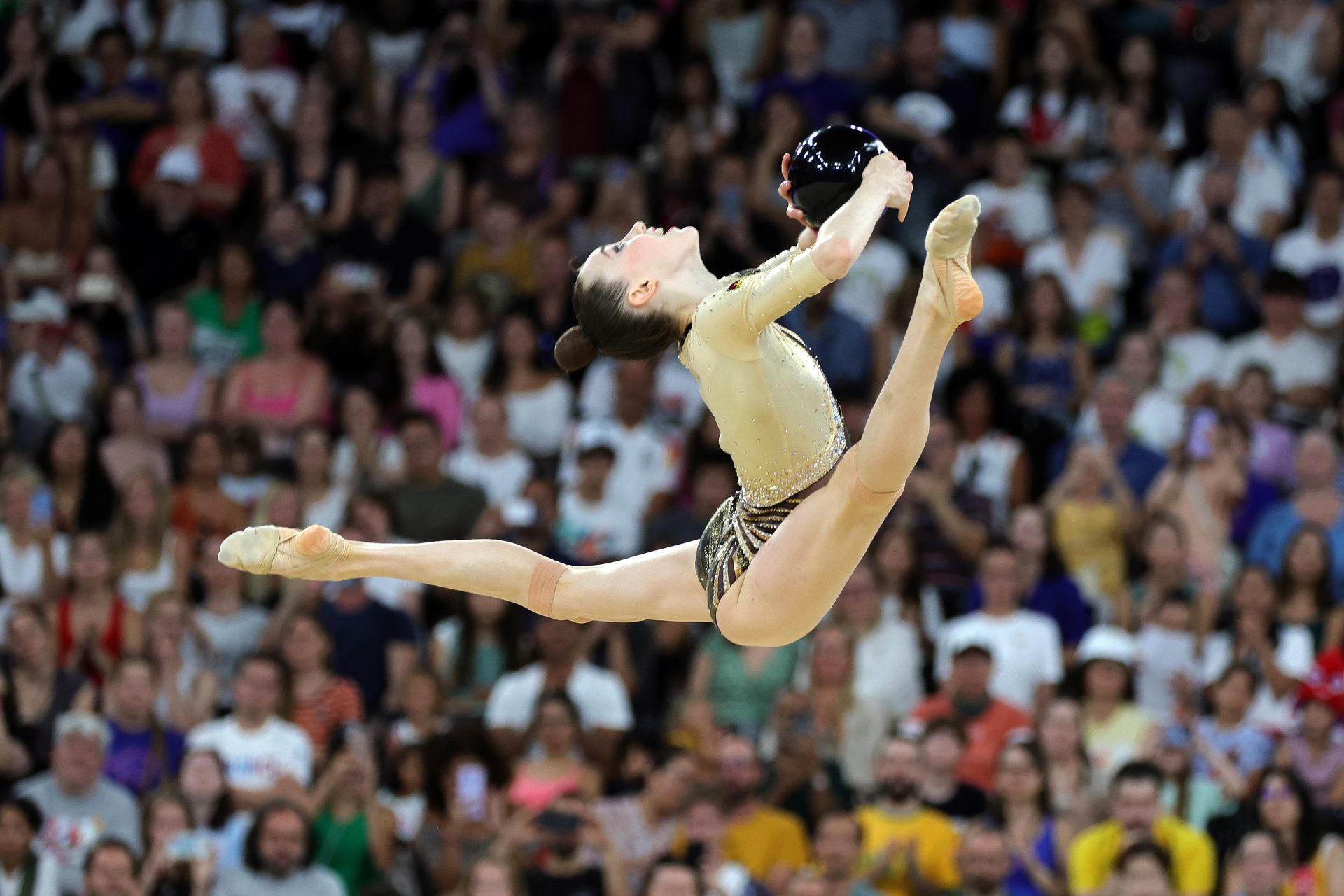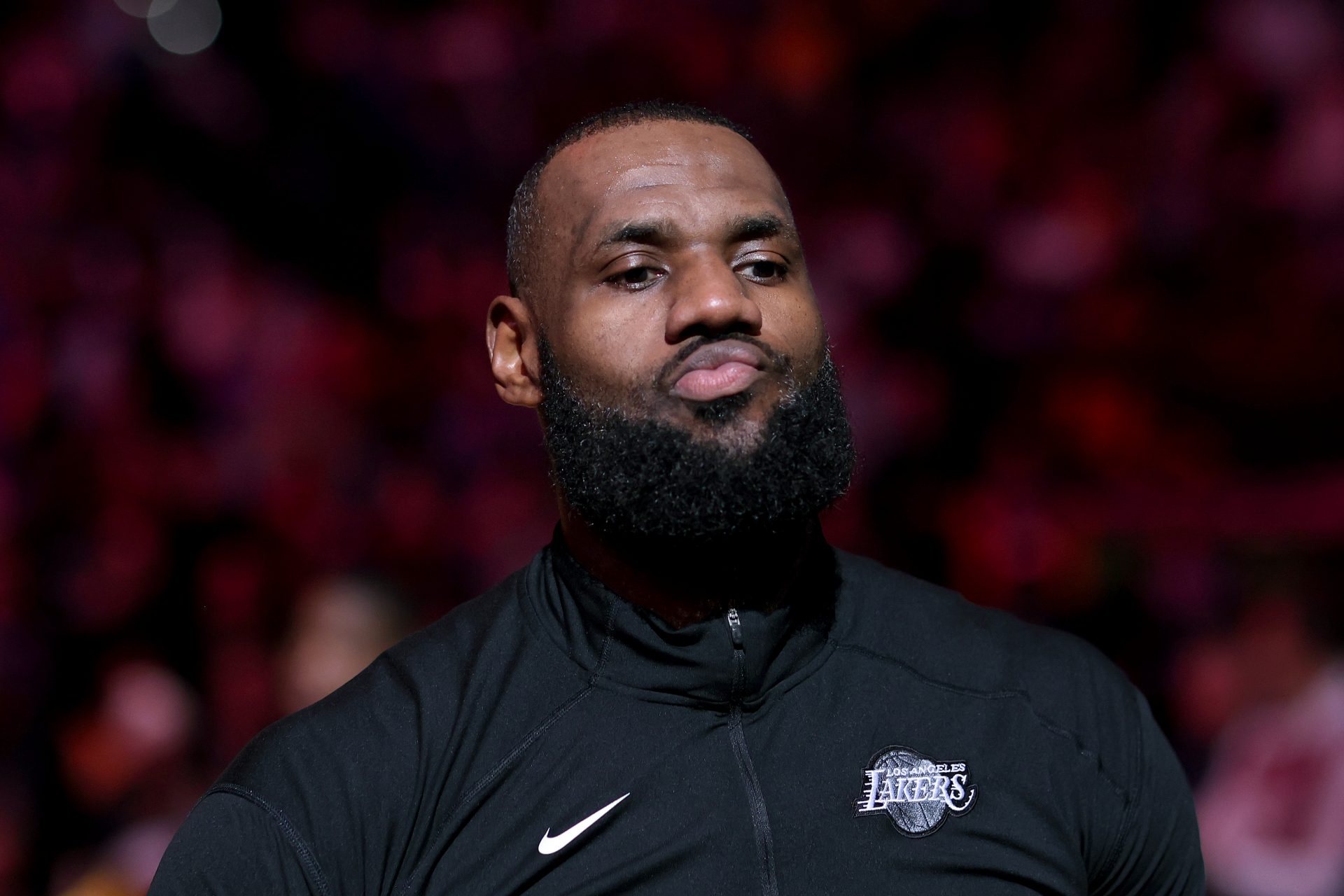The controversy Nike started with skimpy female 2024 Olympic uniforms
Nike unveiled its uniforms for United States track and field athletes a few months before the Olympics. The difference between the men’s prototype and the women’s prototype were appalling to many, and sparked a debate about the type of attire females should compete in.
When Nike revealed its unitard to the world in April 2024, it reminded some of a swimsuit a woman might wear on the beach. The Cut’s website described it as “a red, white and blue-striped garment with a bikini line high enough that some female athletes questioned how anyone could reasonably compete in it.”
Olympic long jumper Tara Davis-Woodhall reacted on social media, “Wait my hoo haa is gonna be out.”
Want to see more like this? Follow us here for daily sports news, profiles and analysis!
Paralympic runner Jaleen Roberts wrote on social media, “This mannequin (that the unitard was modeled on) is standing still and everything’s showing… imagine MID FLIGHT.”
Colleen Quigley of the steeplechase team said that the unitard was “absolutely not made for performance.”
Distance running champion Lauren Fleshman wrote on social media, “Women’s kits should be in service to performance, mentally and physically. If this outfit was truly beneficial to physical performance, men would wear it.”
Want to see more like this? Follow us here for daily sports news, profiles and analysis!
In an email to NPR, Nike said, “We showcased some of the new Olympic uniforms at the Nike On Air experience in Pairs—but as we are a few months from the Games and working with limited samples in a limited format presentation, not all looks and styles were featured.”
Nike also told NPR that female runners would have almost 50 styles of uniform to choose from for the Olympics, including a uniform that mimics the men’s version.
Pole vaulter Katie Moon echoed the notion that women had a choice to wear a wide variety of uniforms, and could pass on the unitard if they wanted to.
Want to see more like this? Follow us here for daily sports news, profiles and analysis!
While she did call Nike’s unitard “concerning”, Moon liked the idea of more liberating clothing. She posted on social media “I personally like the buns because I want as little fabric clinging to me when I’m hot and sweaty (which I am at 99 percent of meets I compete in).”
Angela Schneider is a former Olympic medalist in rowing, and was not buying Nike’s response. She told the CBC, “It’s not about athletic-wear that is designed to get the maximum and best performance for her specific sport. Instead, it’s designed to draw on the onlooker. What a distraction. It’s ridiculous.”
Nike isn’t the first company or organization to suggest that women should compete in more revealing uniforms. According to the CBC, the International Boxing Association asked women to compete in skirts rather than shorts back in 2011.
According to CBC, the Norwegian beach handball team was fined for wearing shorts rather than bikini bottoms in 2021.
Before the unitard was revealed to the public, Nike wrote in a statement to NPR that the uniforms were “the most athlete-informed, data-driven and visually unified the company has ever produced.”
Nike’s statement does indicate that it collaborated with athletes to come up with designs, but the backlash it received may indicate that the correct sample size was not selected for this endeavor.
Want to see more like this? Follow us here for daily sports news, profiles and analysis!
In the 2020 Olympics, the German women’s gymnastics team declined to wear unitards that were offered to them, in favor of the full-body versions.
More for you
Top Stories



